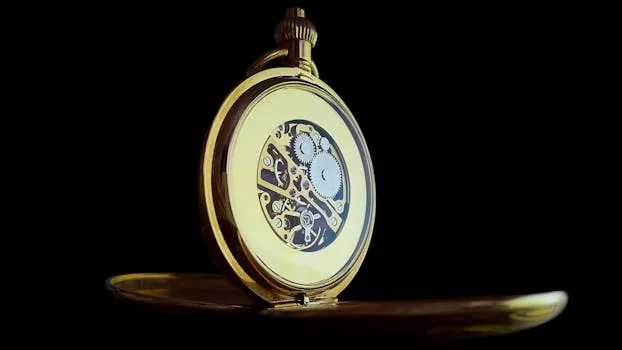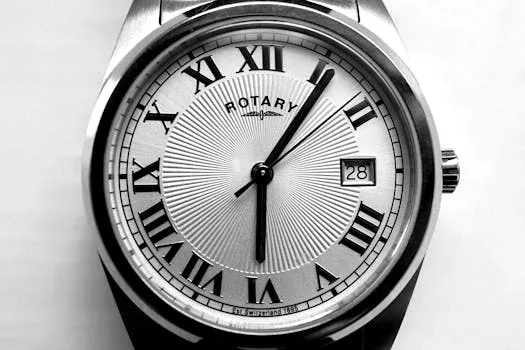“
From Smart Fabrics to Health Monitors: The Wearable Tech Revolution of 2025
Introduction to Wearable Tech
Wearable Tech, From Smart Fabrics to Health Monitors, is revolutionizing the way we live, work, and stay healthy. Wearable technology has come a long way since its inception, with the first wearable devices being simple fitness trackers that monitored steps taken and calories burned. However, with advancements in technology, wearable devices have become more sophisticated, incorporating features such as heart rate monitoring, GPS tracking, and even smart assistants. To learn more about the evolution of these devices, check out Futuristic Features: What to Expect from Wearable Tech Innovations in 2025.
Types of Wearable Devices
There are several types of wearable devices available in the market, each with its own unique features and functionalities. Some of the most popular types of wearable devices include smartwatches, fitness trackers, smart glasses, and smart clothing. Smartwatches, such as the Apple Watch, allow users to receive notifications, track their fitness goals, and even make payments on the go. Fitness trackers, such as Fitbit, monitor a user’s physical activity, sleep patterns, and nutrition, providing valuable insights into their overall health and wellbeing. For a deeper dive into how these devices will transform our daily lives, read Wearable Tech in 2025: Bridging the Gap Between Health and Technology.
Smart Fabrics and Textiles
One of the most exciting developments in wearable technology is the emergence of smart fabrics and textiles. These innovative materials are woven with sensors, conductive yarns, and other technologies that allow them to monitor and respond to the wearer’s physical and environmental conditions. For example, smart fabrics can detect changes in body temperature, heart rate, and other vital signs, providing real-time feedback to the wearer. This technology has numerous applications, from sportswear to medical textiles, and is poised to revolutionize the way we interact with our clothing and accessories. To explore more about the innovations in this field, check out Wearable Tech 2025: Innovations That Will Change How We Interact with the World.
Health Monitoring and Wearable Tech
Wearable technology has also made significant strides in health monitoring, with devices that can track everything from blood pressure and blood glucose levels to sleep patterns and mental health. These devices use advanced algorithms and machine learning techniques to analyze data and provide personalized insights and recommendations to the wearer. For example, a smartwatch can detect irregular heart rhythms and alert the wearer to seek medical attention, while a fitness tracker can monitor sleep patterns and provide tips for improving sleep quality.
Future of Wearable Tech
As wearable technology continues to evolve, we can expect to see even more innovative applications and devices. One area of research is the development of implantable and ingestible devices, which can monitor internal bodily functions and provide real-time feedback to the wearer. Another area is the integration of wearable technology with artificial intelligence and machine learning, which can analyze data and provide personalized recommendations and insights. With the rise of 5G networks and the Internet of Things (IoT), wearable devices will become even more connected, enabling new use cases and applications that we cannot yet imagine.




1 thought on “From Smart Fabrics to Health Monitors: The Wearable Tech Revolution of 2025”
Comments are closed.